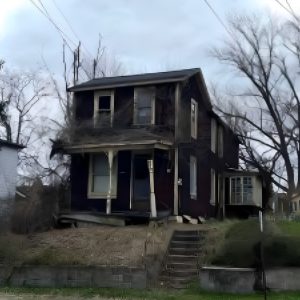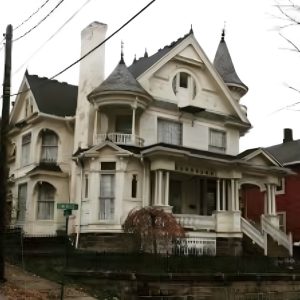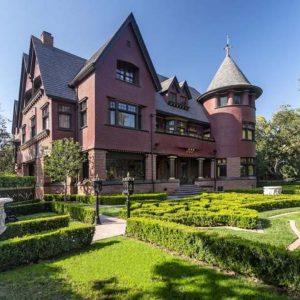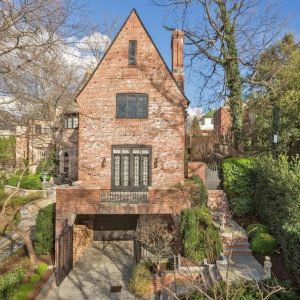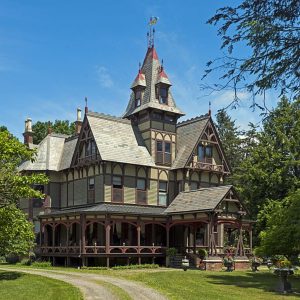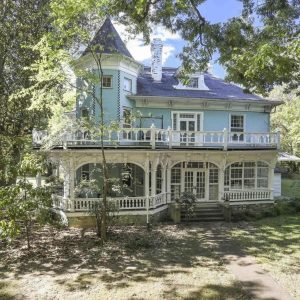Take a tour through the beautiful house of an old Southern family
Back in 2019, abandoned photographer Bryan Sansivero was granted access to this alluring Federal-style house in Virginia on the proviso he wouldn’t reveal its exact whereabouts. Packed with fascinating Americana, the home is a real gem and locals are keen to keep its precise location strictly confidential to protect the house and its precious contents.
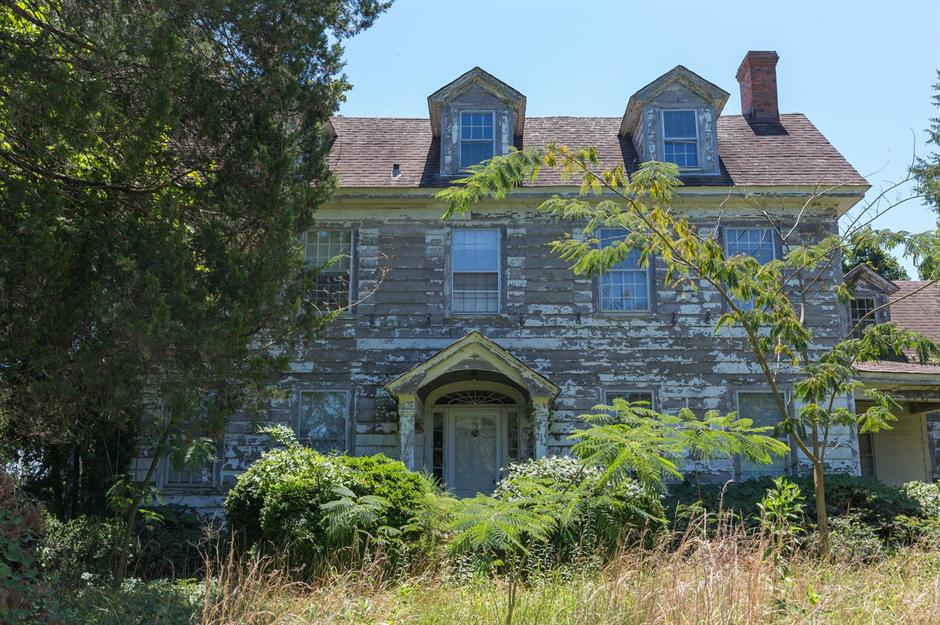
Tucked away from the main road behind a group of leafy mature trees, the once-handsome clapboard house was completely hidden from view and virtually unknown to anyone apart from a small number of locals.
Noted urbex photographer Bryan Sansivero heard about the property through a group of explorers from the area and had to battle the overgrowth to gain access. He discovered that the former owner and members of his family were buried in a graveyard in the backyard.
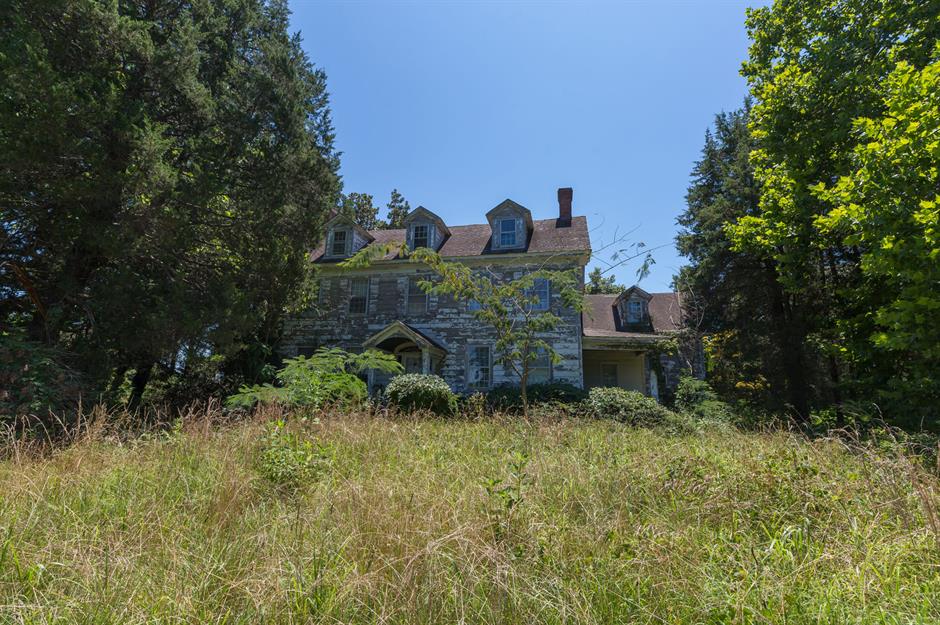
Built in 1929 as a replacement for a mansion constructed a century earlier, the frame building was the home of a prominent educator and heavyweight politician, who lived here together with his wife and children.
An alumnus of the venerable College of William and Mary, the former owner, who died in the late 1970s, is notable for supporting the desegregation of the Virginia school system during the 1950s and 1960s.
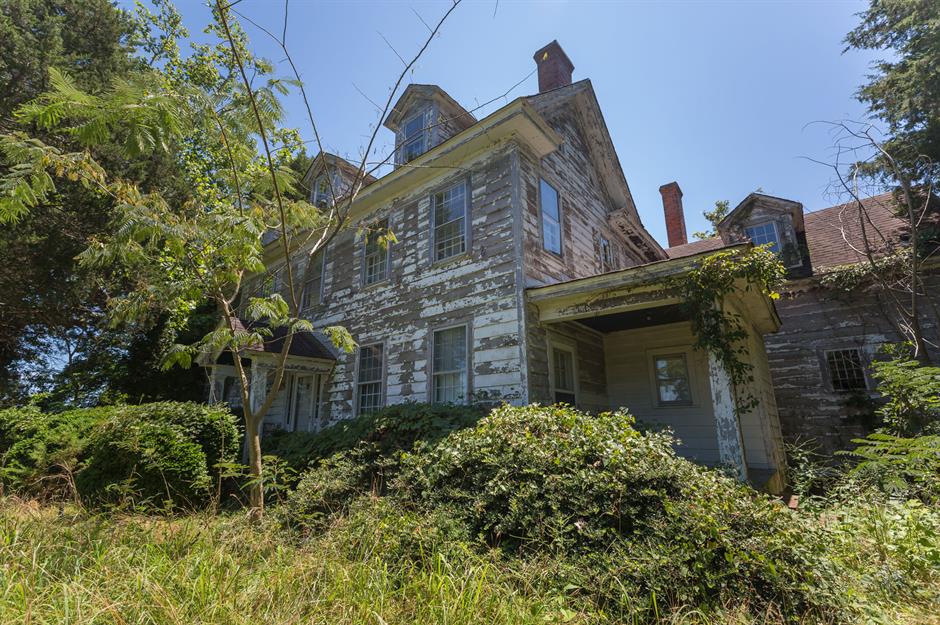
Stepping inside the house, you are transported back in time. The first room you encounter is the parlour, which would have been used to receive guests, and it’s furnished with formal antique furniture such as this Eastlake fainting couch. Here, as in all the rooms of the house, everything was still in place at the time these pictures were taken, even the portraits on the wall.
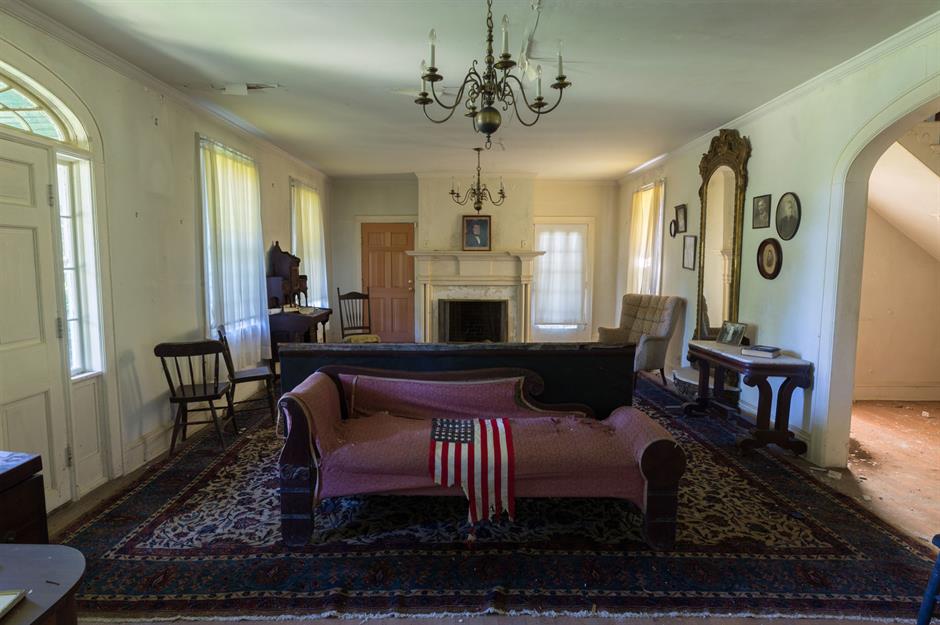
The parlour also boasts a fine marble fireplace and enormous Persian carpet, which almost covers the entire hardwood floor. A brass chandelier graces the ceiling and an ornate gilt mirror takes pride of place on the wall that faces the front door.
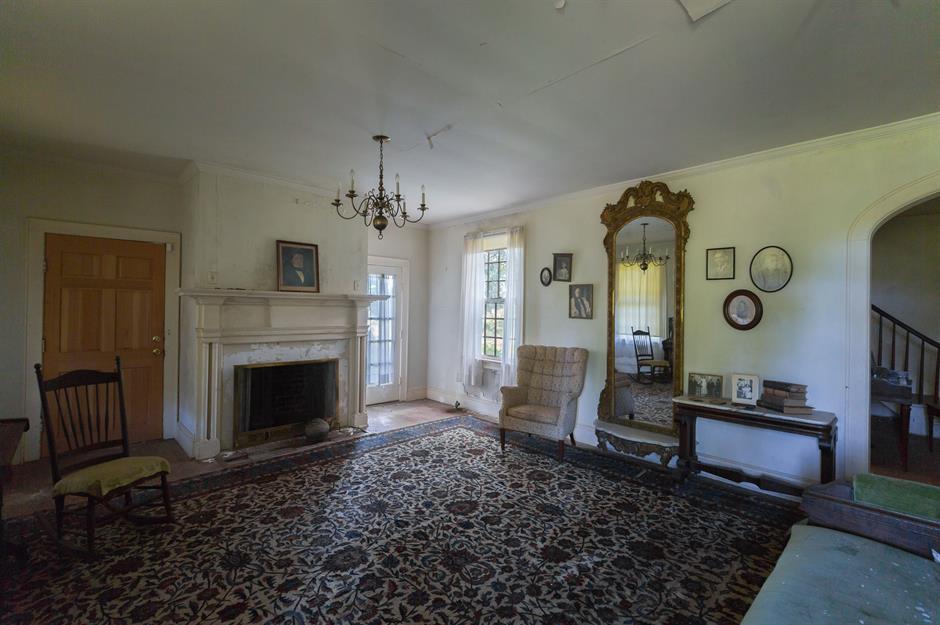
A Modern Gothic writing desk by New York firm Kimbel and Cabus sits in the elegant room. The highly collectable oak bureau, an exquisite piece of Americana, dates from the 1870s and is worth a considerable amount of money. There’s a similar piece in The Met Museum of Modern Art.
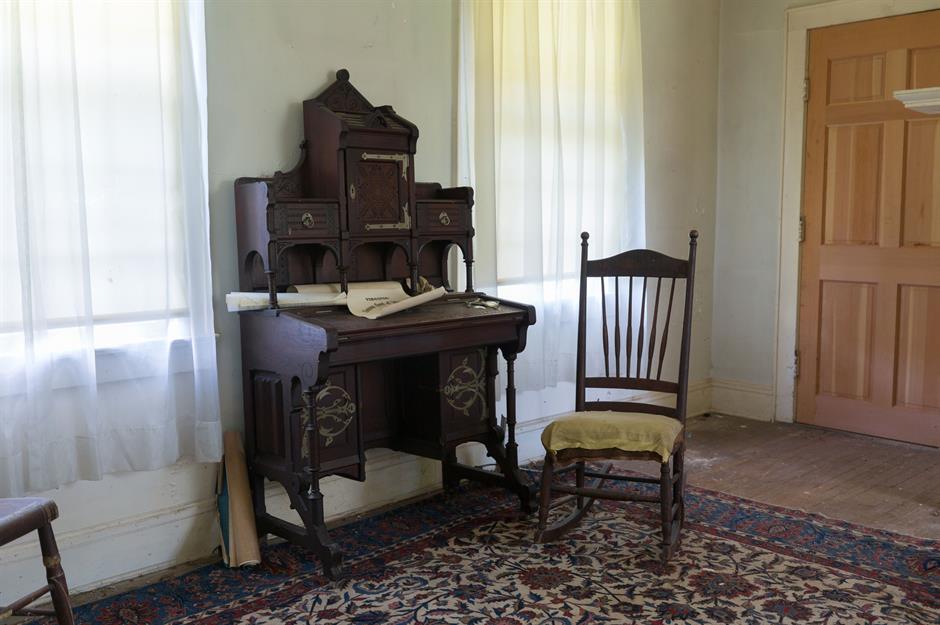
An old document lies on the projecting writing shelf together with a broken pair of spectacles. These bureaus have been known to sell for thousands of dollars in fine art and antique auction houses.
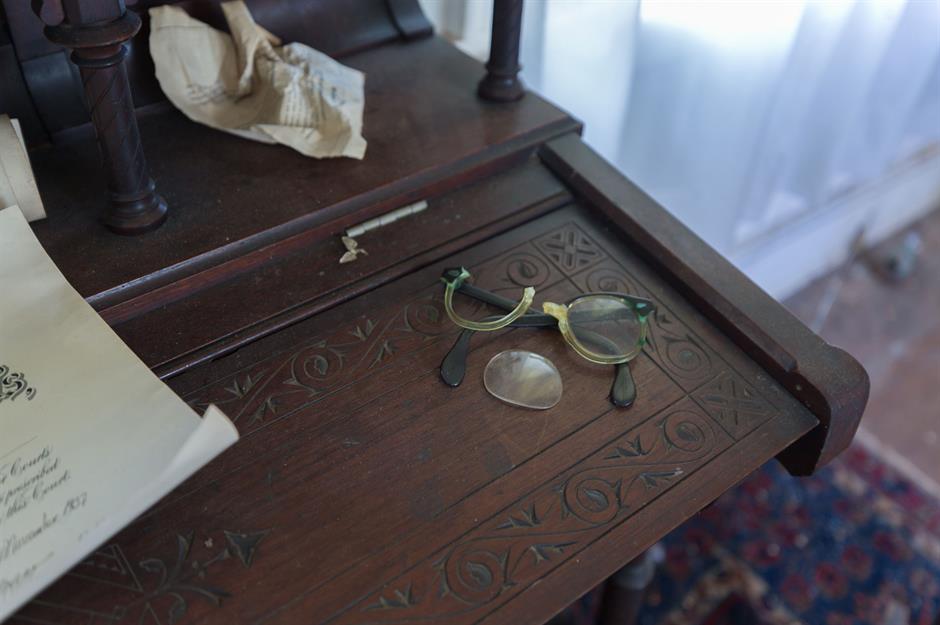
The house was the home of a powerful politician and they were an educated and erudite family with a grasp of the goings-on in Washington. There are plenty of old books dotted about the place: here, a detailed etching of President Lincoln is found in one of their editions, that looks to be over 100 years old. The owner and his family were fervently patriotic if these objects are anything to go by.
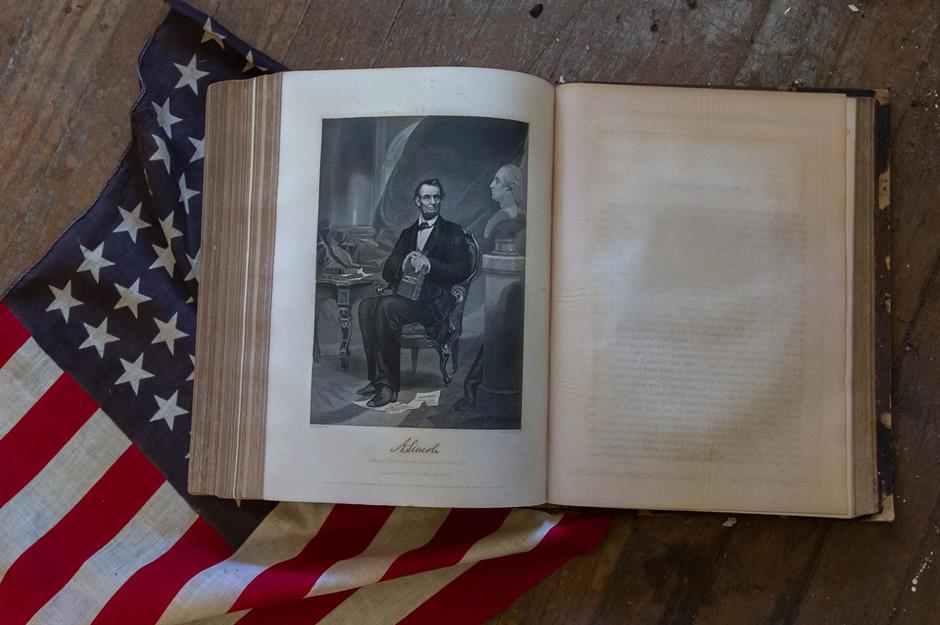
Old family photographs decorate the walls of this and other rooms in the house. Judging by the clothing the trio are wearing in this daguerreotype, the picture was taken sometime during the 1860s, around the time of the Civil War.
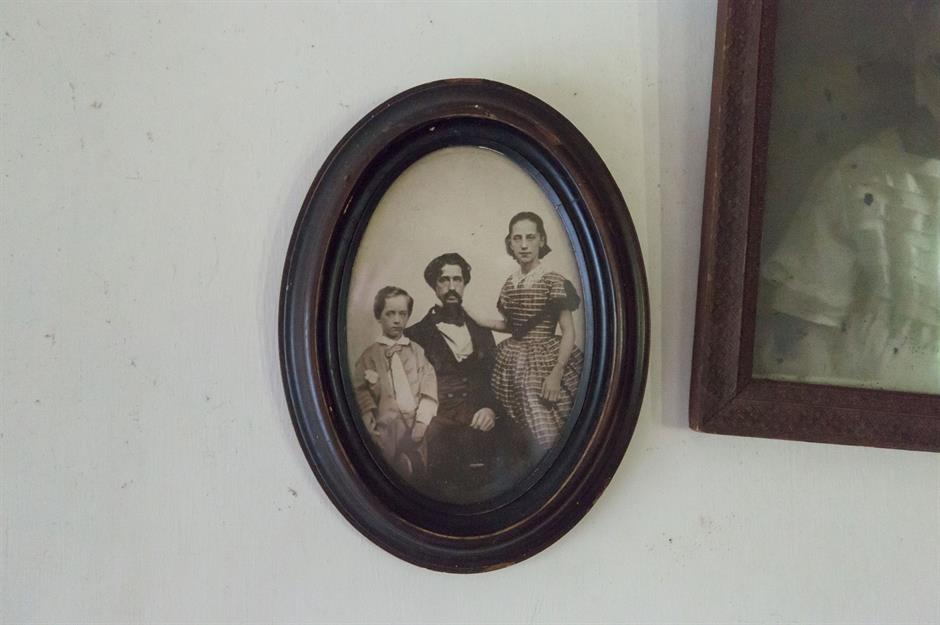
Moving into the hallway, you can’t fail to be impressed by the sweeping staircase. An upright piano would have been a source of entertainment for the family. While the signs of sage are showing and paint is peeling off the walls, the structure of the building looks more or less in decent shape.
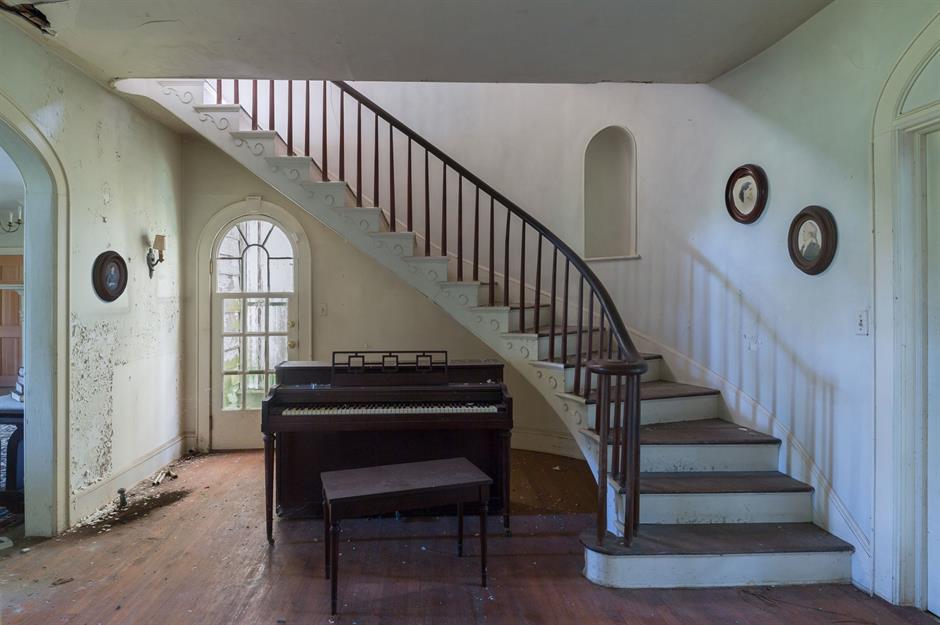
A compact sitting room, which would have been used by the family for relaxing, perhaps as a quiet place to read a book or warm themselves by the fire, is located off the main hallway. Like the parlour, it features a brass chandelier and has been painted in a bold shade of sea green.

A pair of family photographs in gilt frames rest on the mantelpiece. Again, they appear to have been taken around the 1860s. Behind them, a couple of profile portrait miniatures showing a lady and gentleman in 18th-century dress.
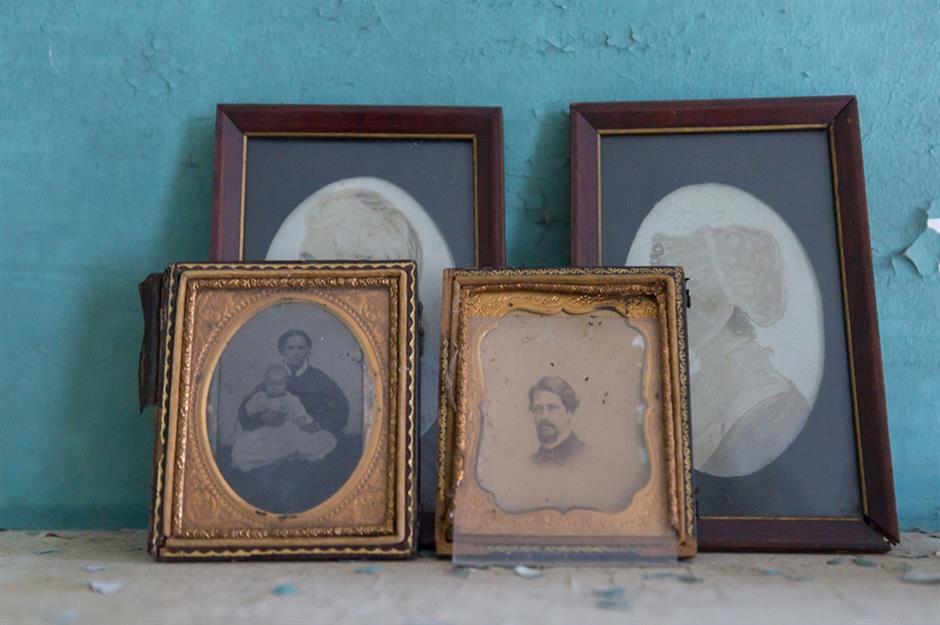
The profile portrait miniatures are shown in all their glory in this shot. The photograph to the left is displayed in an Adirondack Eastlake picture frame with corner leaf motifs, a style that was popular in the 1890s.
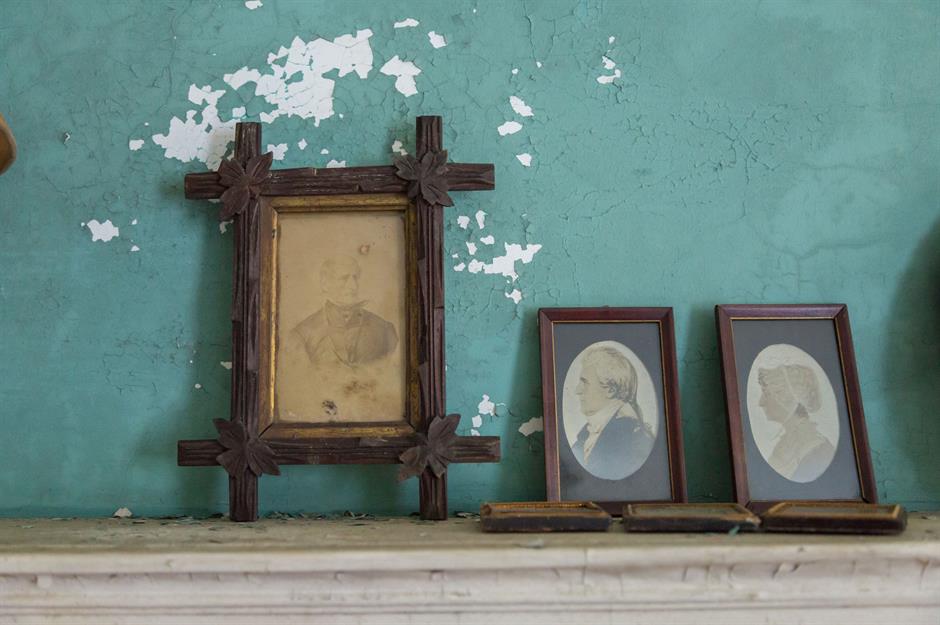
The room also features another neat writing bureau. The family who lived in the house would have had a lot of correspondence so a place to compose letters would have been essential. Another photograph of a young man – probably a member of the family – is shown here. More modern than the earlier picture, it appears to have been taken in the early to mid-20th century.
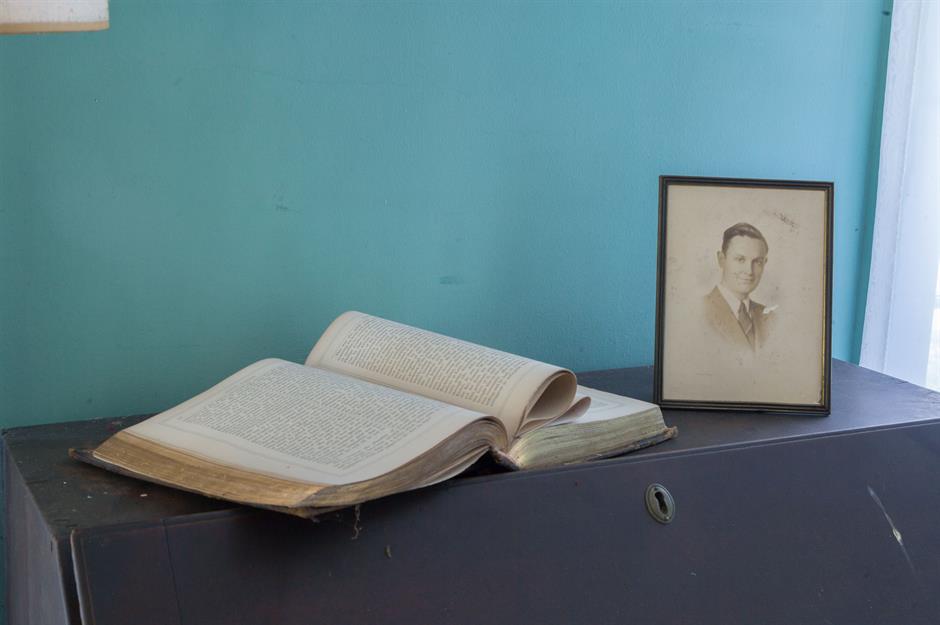
Given that the patriarch of the family was an important politician, it follows that there are numerous photographs of former presidents and other dignitaries.
Among the collection is this black and white photo of President John F. Kennedy with his wife Jackie. The former owner was a member of an organisation that worked on the Democratic president’s 1960 election.
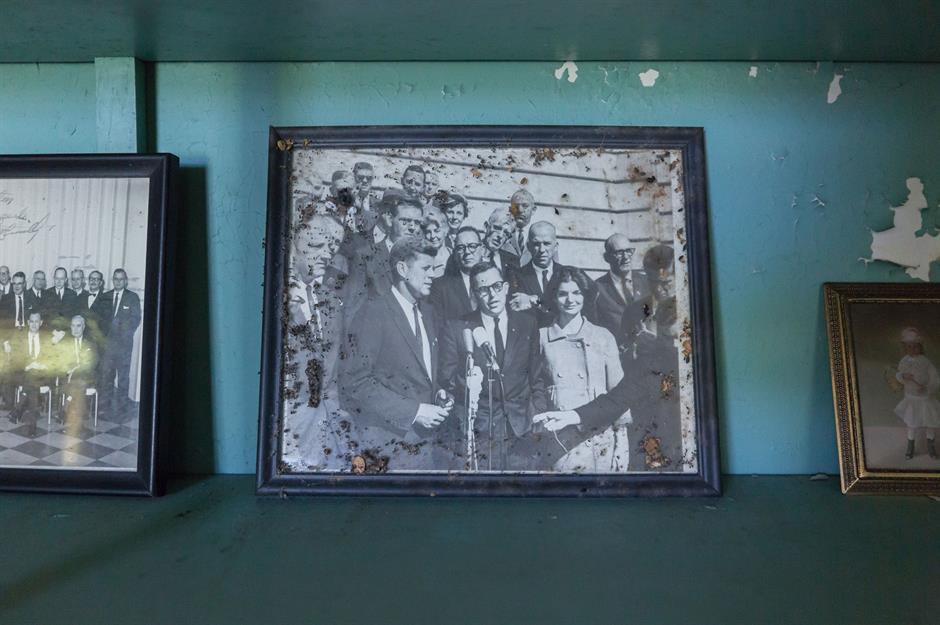
The home’s dining room has yet another extra-large Persian carpet, elaborate floral wallpaper and a brass chandelier. The room is also furnished with a sideboard, which like the writing bureau in the parlour, looks like the handiwork of esteemed New York furniture makers Kimbel and Cabus.
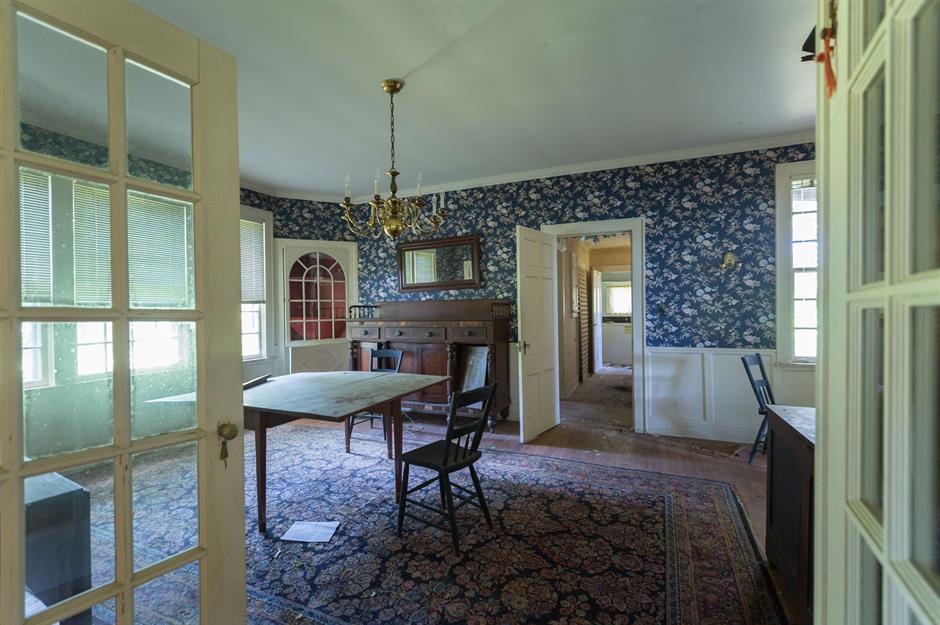
The floral wallpaper appears to be a pretty recent addition given the good condition it is in. The room also has a built-in corner cabinet, which would have been used to show off the family’s china collection.

These three photographs were likely captured in the late 19th century or the very early part of the 20th century. The woman in the image to the right is wearing the sort of evening dress that was fashionable in the 1890s and turn of the 20th century.
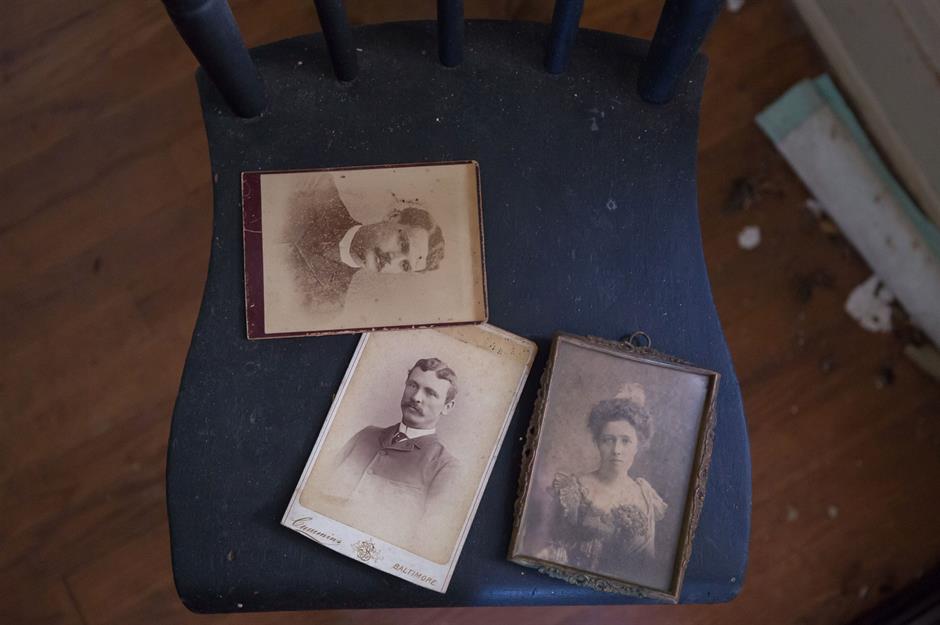
Looking into this cupboard, you can catch a glimpse of some of the family’s china pieces. They include a white and gold floral set and various dainty porcelain plates and teacups. It’s unusual to find so many beautiful objects in place at one of these abandoned houses, and it was one of the reasons that the location had to be kept a secret.
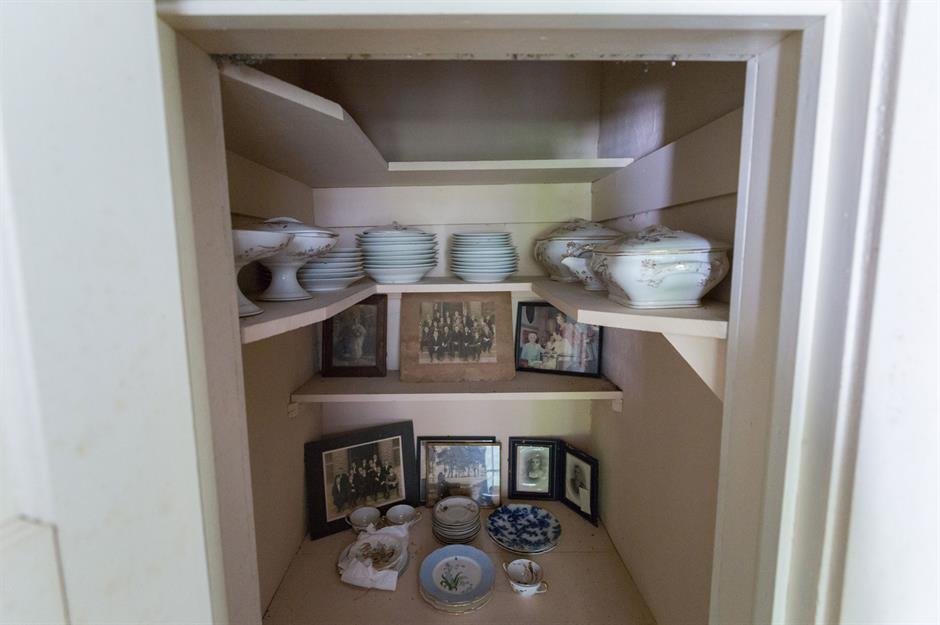
Out of all the rooms in the house, the upstairs landing looks to be in the worst shape. The plaster has come away in parts from the ceiling, the paintwork is peeling and there are signs of damp on the walls.
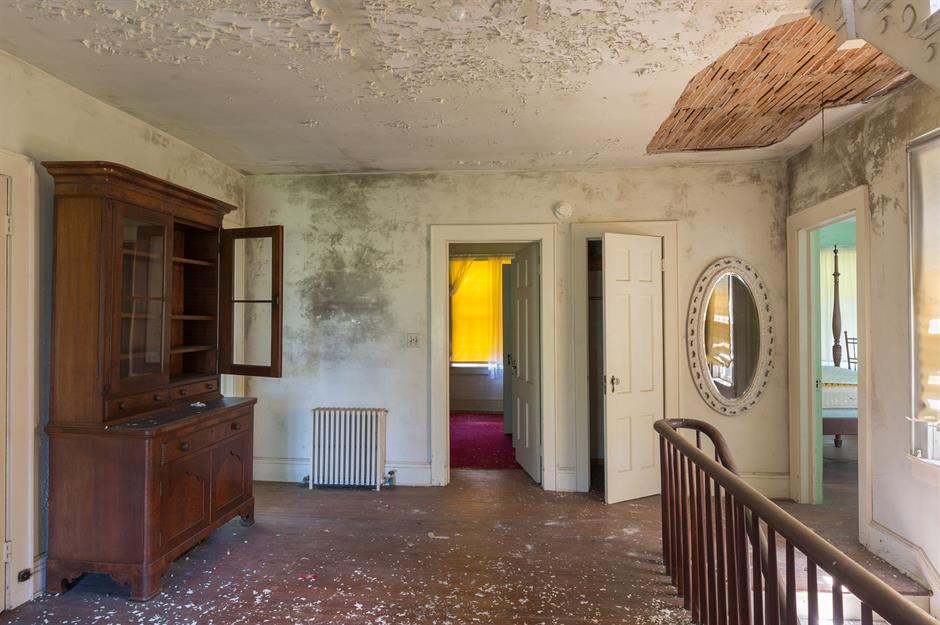
A family portrait presumably from the Victorian era adorned this tired-looking wall on the upper landing next to a beautiful arched doorway. It was placed near a decorative wall sconce, which appears to be American Art Nouveau in style.
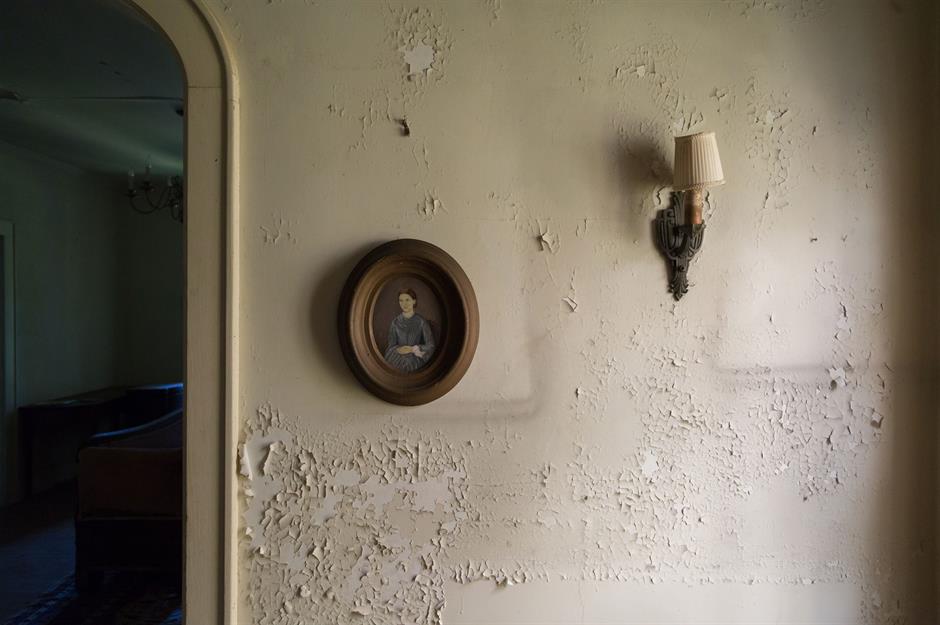
The blue-hued master bedroom was dominated by a spectacular solid oak Eastlake bed. These designs are characterised by their extra-tall headboards and would have been an investment piece that would last for years. It probably dates from some time during the late 19th century.

This smaller bedroom contains another attractive wooden four-poster bed. Again, it is likely to have been crafted during the late 19th century. Like most of the rooms in the house, the bedroom has its very own fireplace, an essential in the days before central heating.
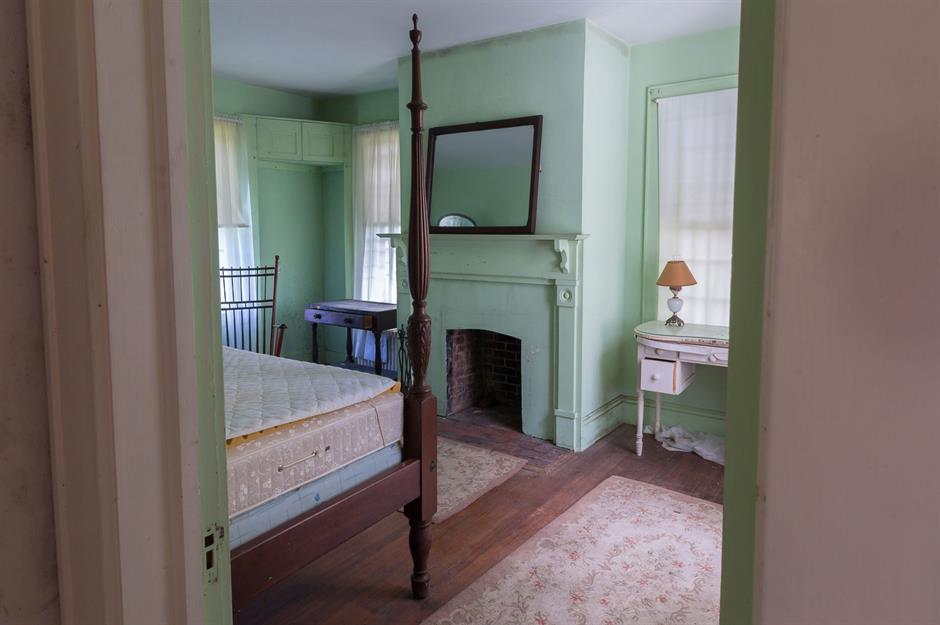
The other furniture in the room includes a chest of drawers with claw legs, a white dressing table and tile-top washstand, not to mention a rustic rocking chair. Note the wrought iron poker beside the fireplace.
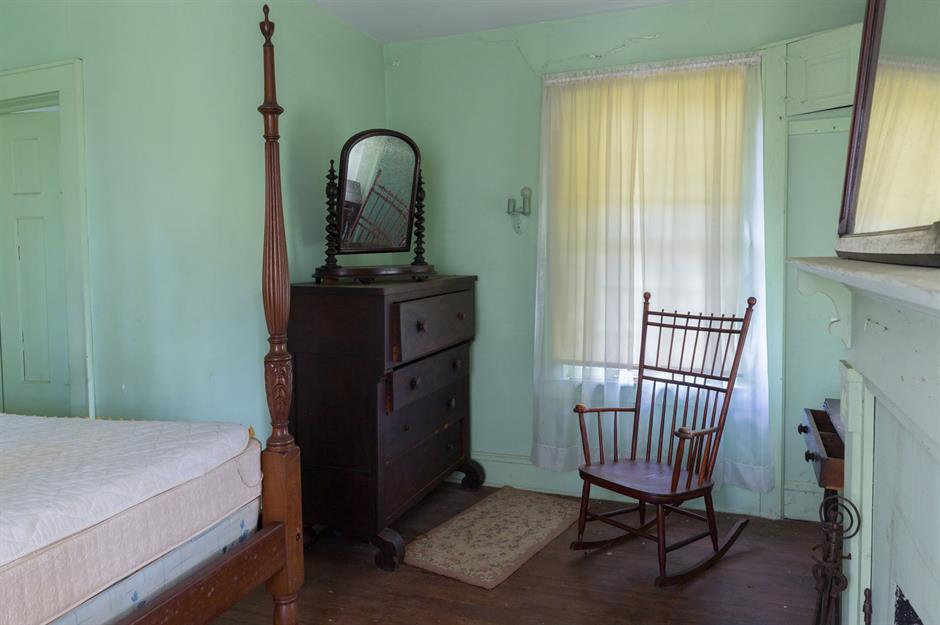
The house was completely unmodernised and as it would have been when it was built in the 1920s. Like many old houses, it has only one small bathroom, which has most definitely seen better days. The bath is still in place but the washbasin has been removed leaving just the stand.

As you can see from this image, the original doors to this bedroom are, like the home’s other doors, in perfect condition. Despite the years since these photographs were taken, the house is still standing and is being looked after. The overgrown bushes have been trimmed back and people are visiting the property – here’s hoping it stands for many more years to come!
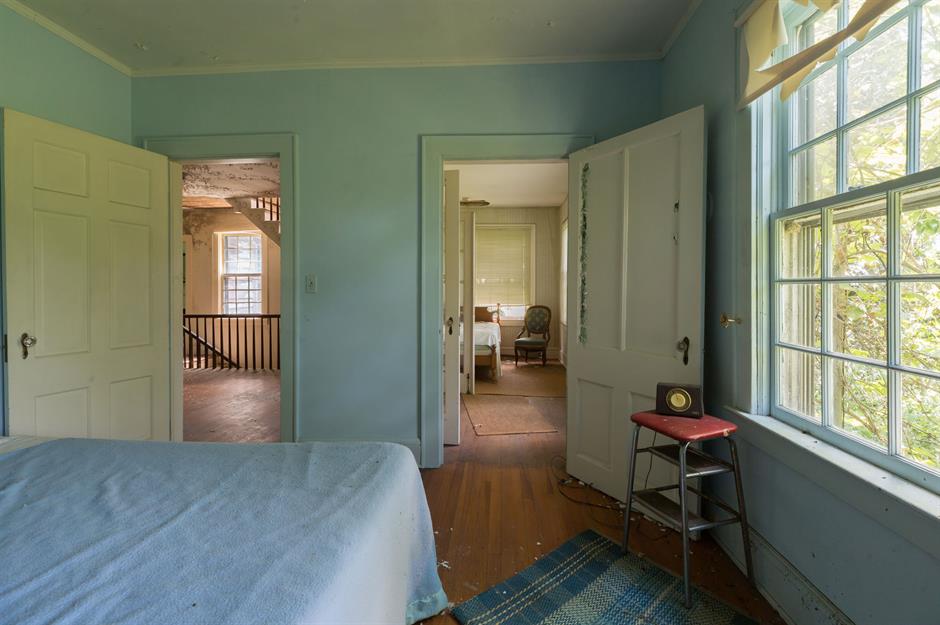
Source: Bryan Sansivero
